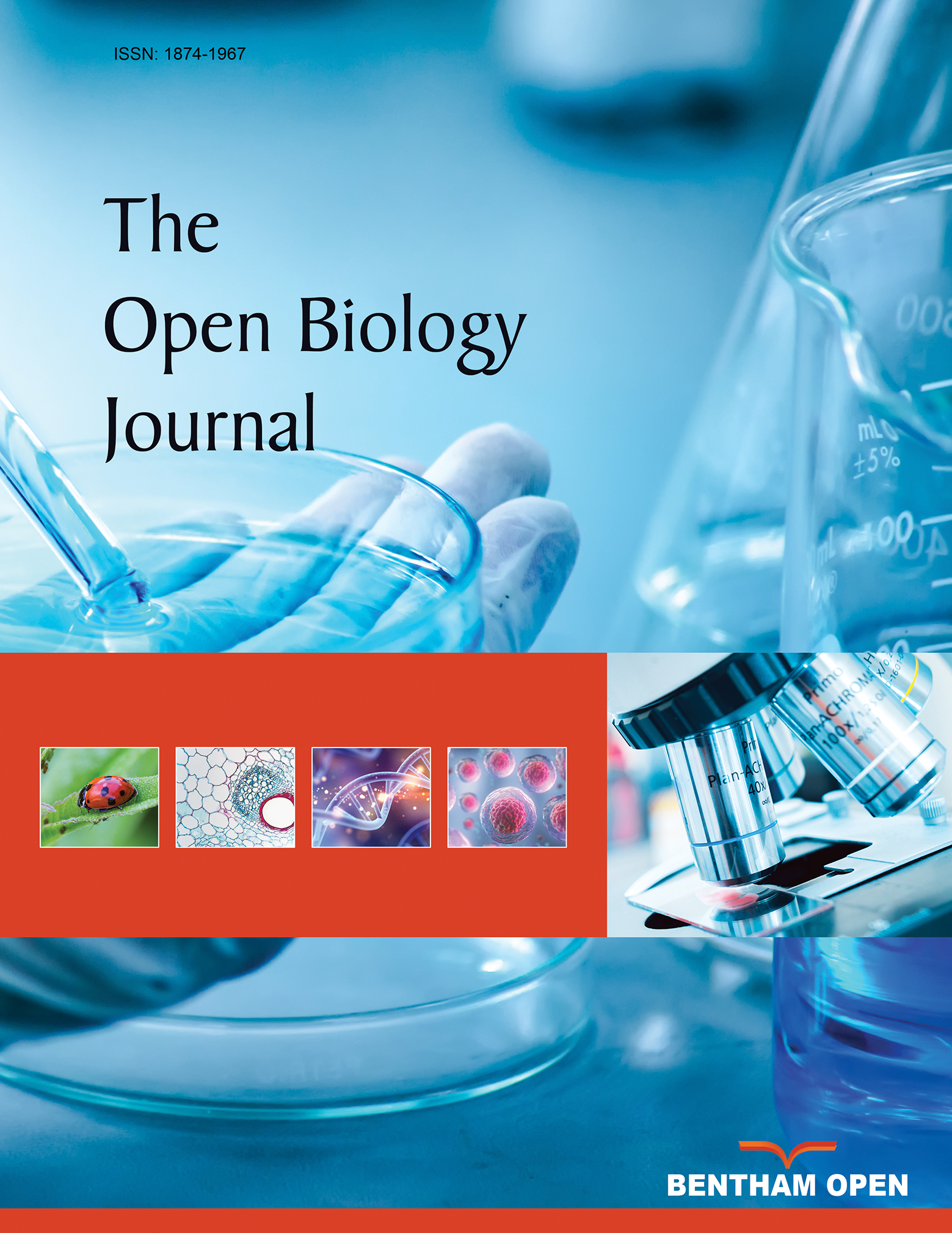All published articles of this journal are available on ScienceDirect.
Effects of Exercise and Bioprocessed Soybean Meal Diets during Rainbow Trout Rearing
Abstract
Background:
Alternative protein sources to fishmeal in fish feeds are needed.
Objectives:
Evaluate rearing performance of adult rainbow trout (Oncorhynchus mykiss) (initial weight 139.0 ±1.5 g, length 232.9 ± 0.8 mm, mean ± SE) fed one of the two isonitrogenous and isocaloric diets (46% protein, 16% lipid) and reared at one of the two levels of exercise (water velocities of either 3.6 cm/s or 33.2 cm/s).
Methods:
Protein in the control diet was based on fishmeal. In the experimental diet, bioprocessed soybean meal replaced approximately 60% of the fishmeal. Fish were fed by hand once-per-day to near satiation, and the food was increased daily. The experiment lasted 90-days.
Results:
There were no significant differences in gain, percent gain, or specific growth rate between the dietary treatments. However, the amount of food fed and feed conversion ratio was significantly lower in the 60% bioprocessed soybean meal diet. Intestinal morphology, relative fin length, splenosomatic index, hepatosomatic index, and viscerosomatic index were not significantly different in the trout fed either diet. Fish reared at 3.6 cm/s had a significantly lower feed conversion ratio (1.02 ± 0.02) than fish reared at 33.2 cm/s (1.13 ± 0.02). However, there were no significant differences in gain, percent gain, specific growth rate, or percentage mortality in fish reared with or without exercise. No significant interactions were observed between diet and exercise (higher water velocity).
Conclusion:
Based on these results, at least 60% of the fishmeal in adult rainbow trout diets can be replaced by bioprocessed soybean meal, even if higher water velocities are used to exercise the fish.


